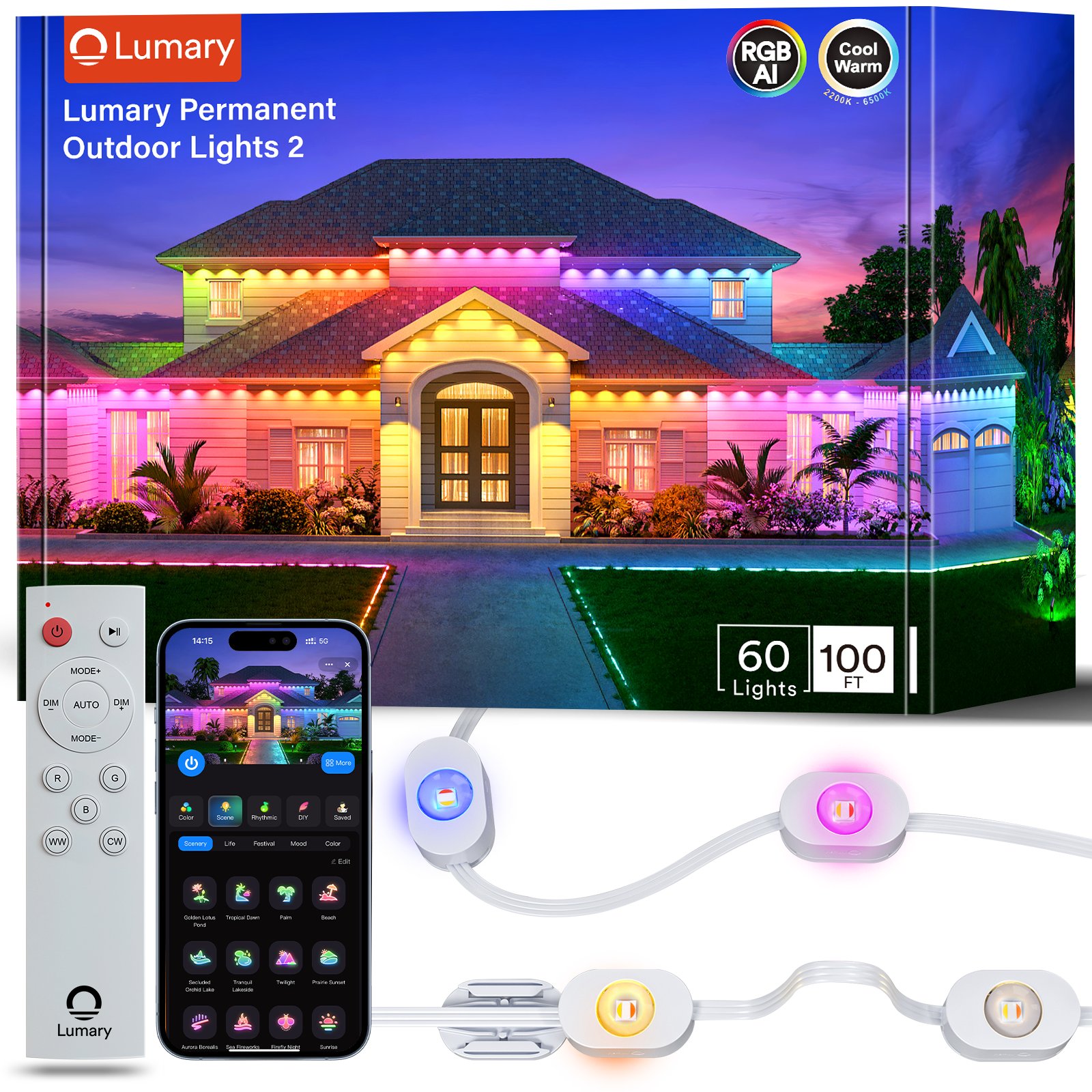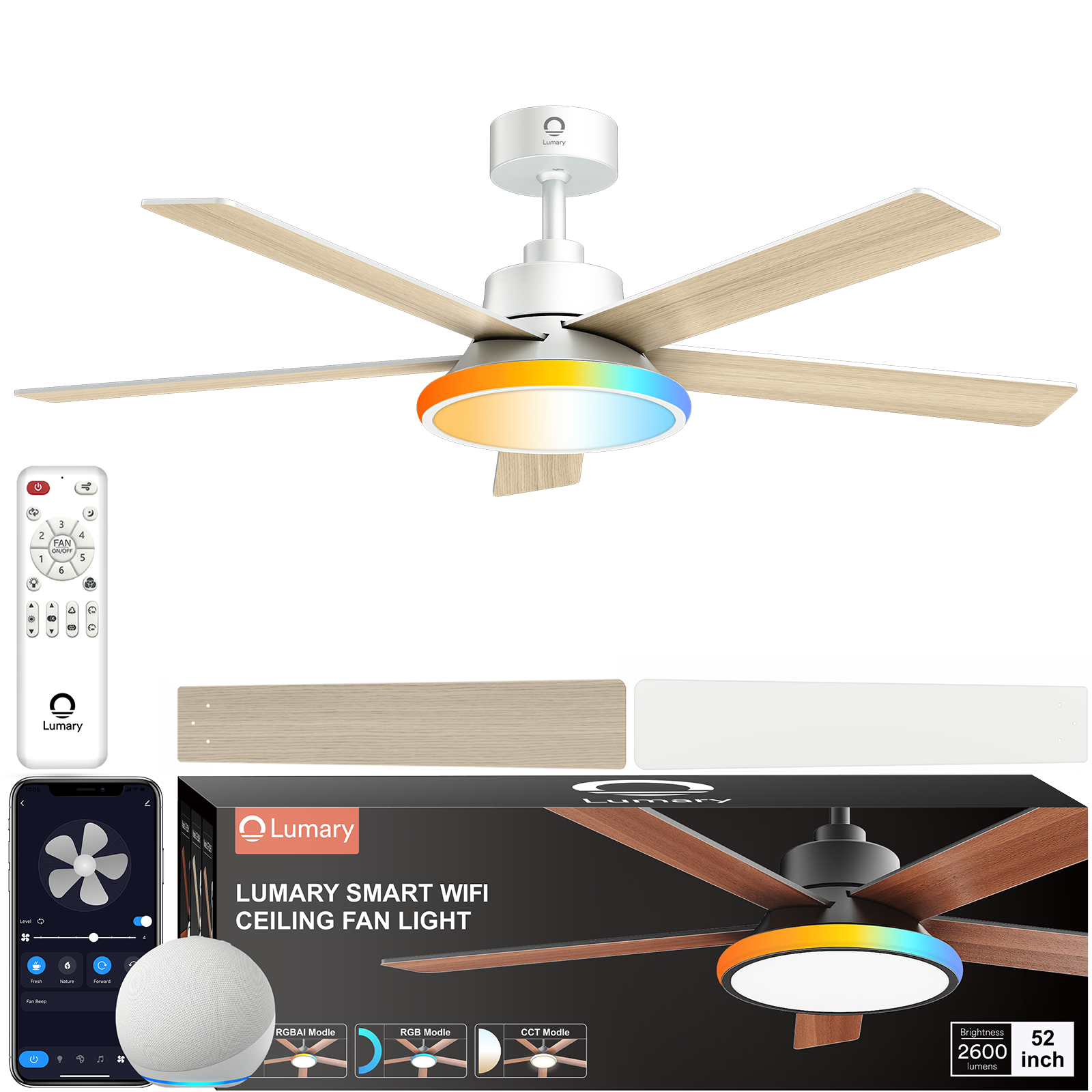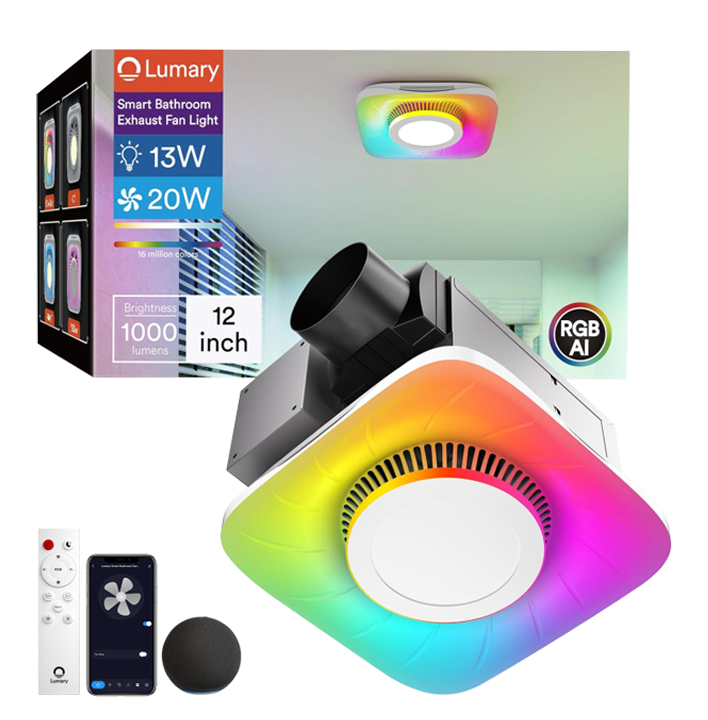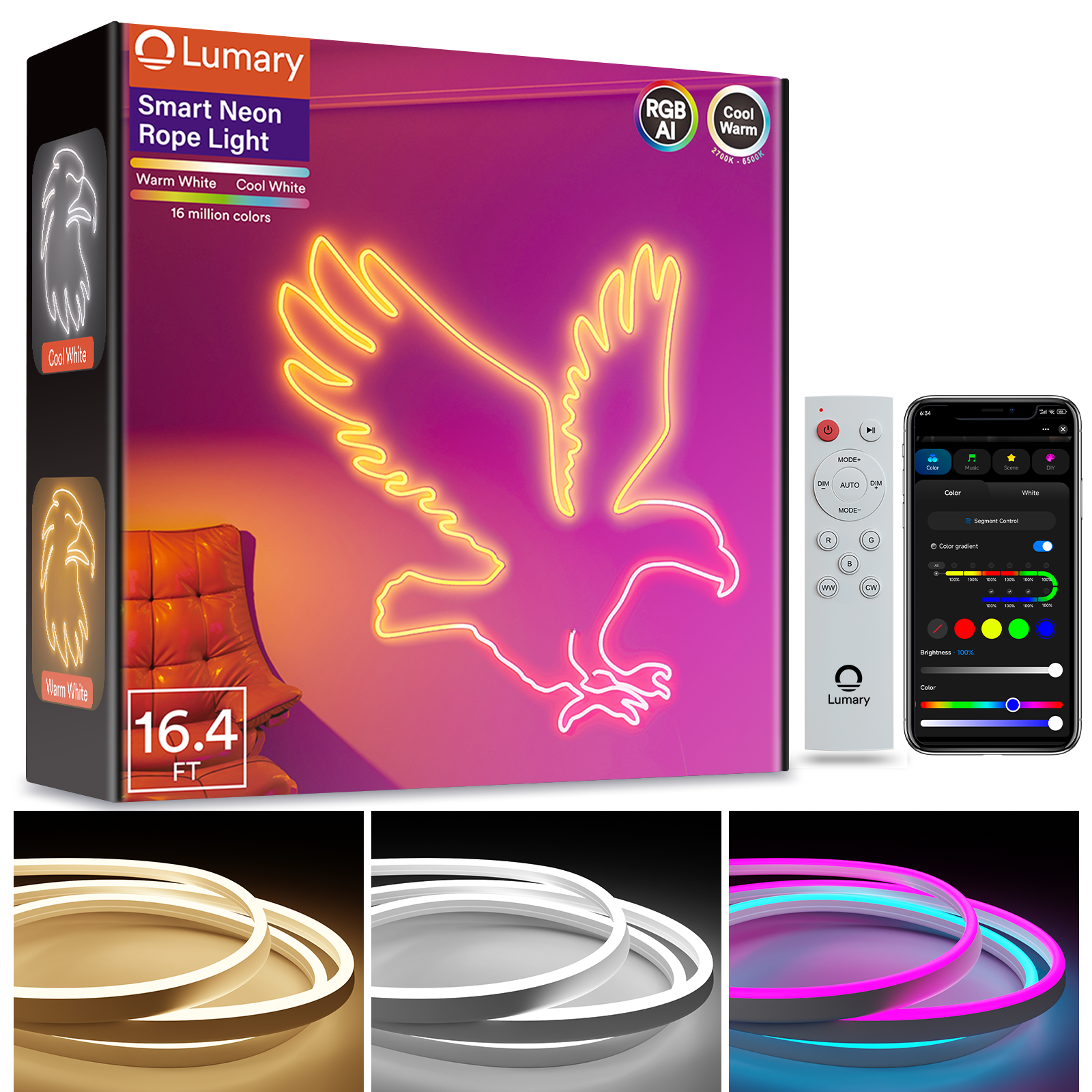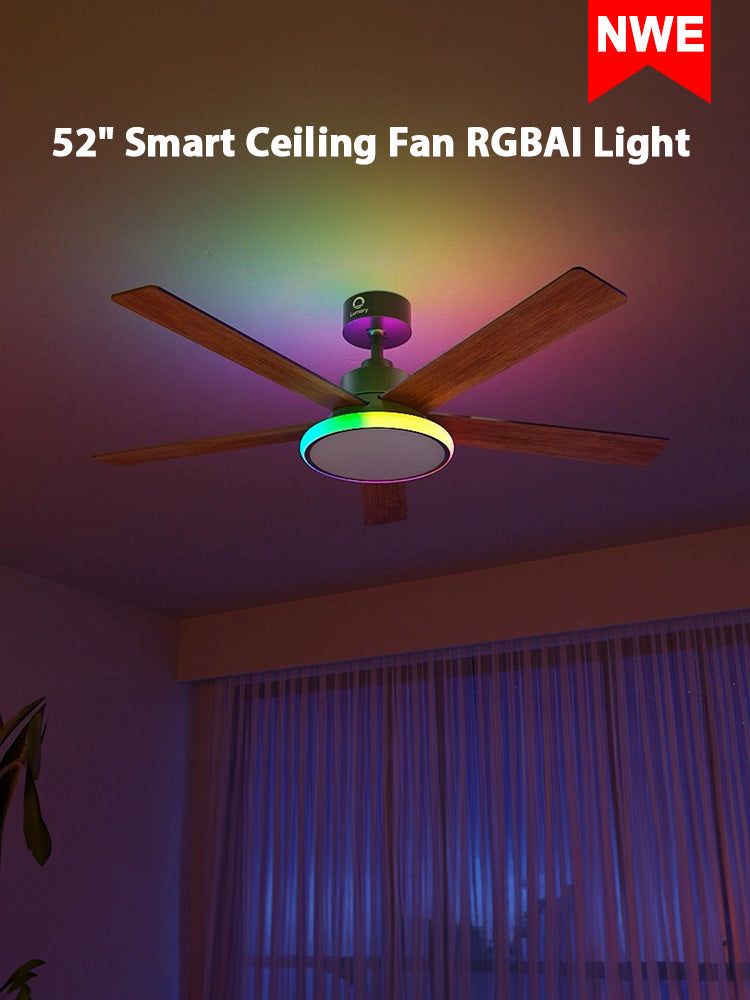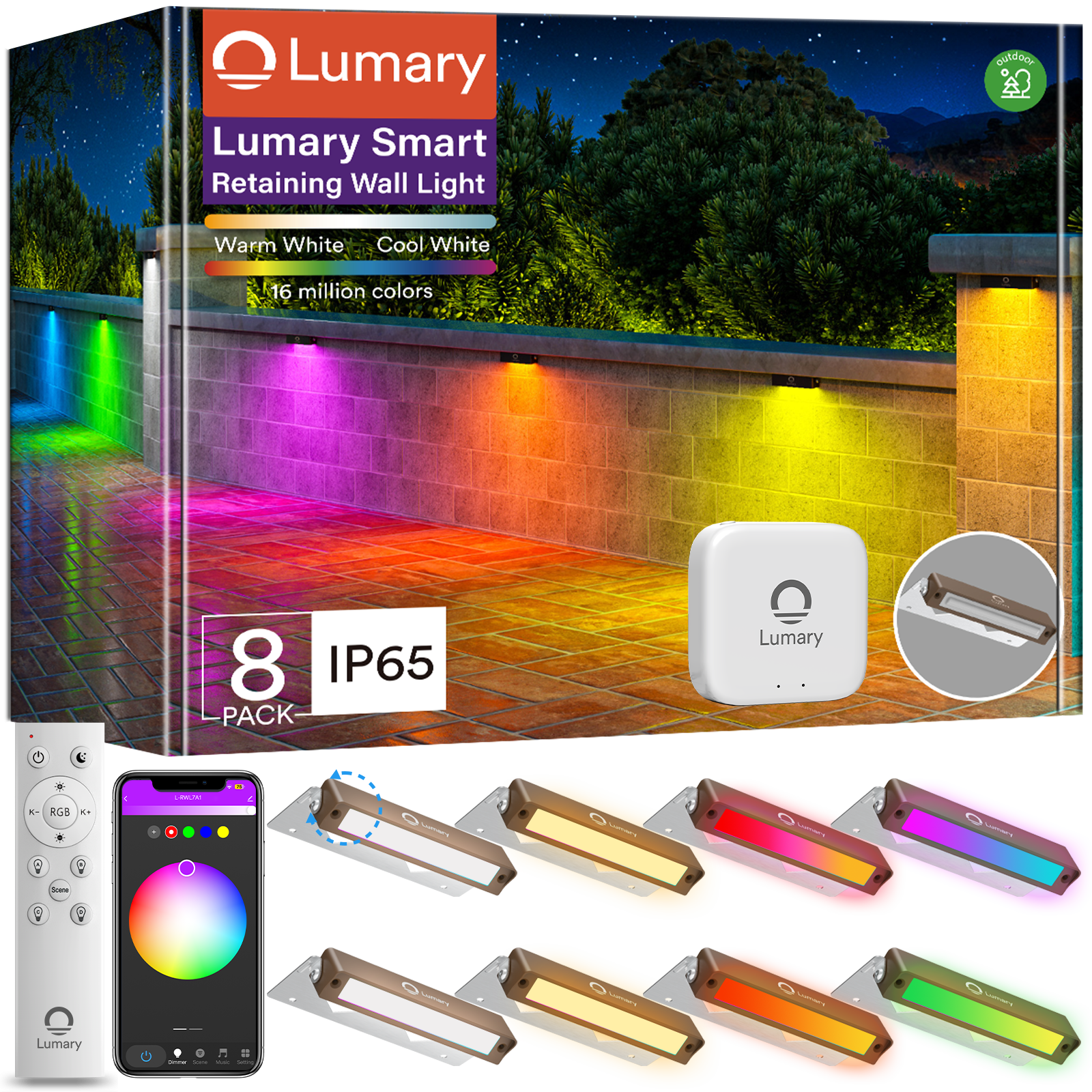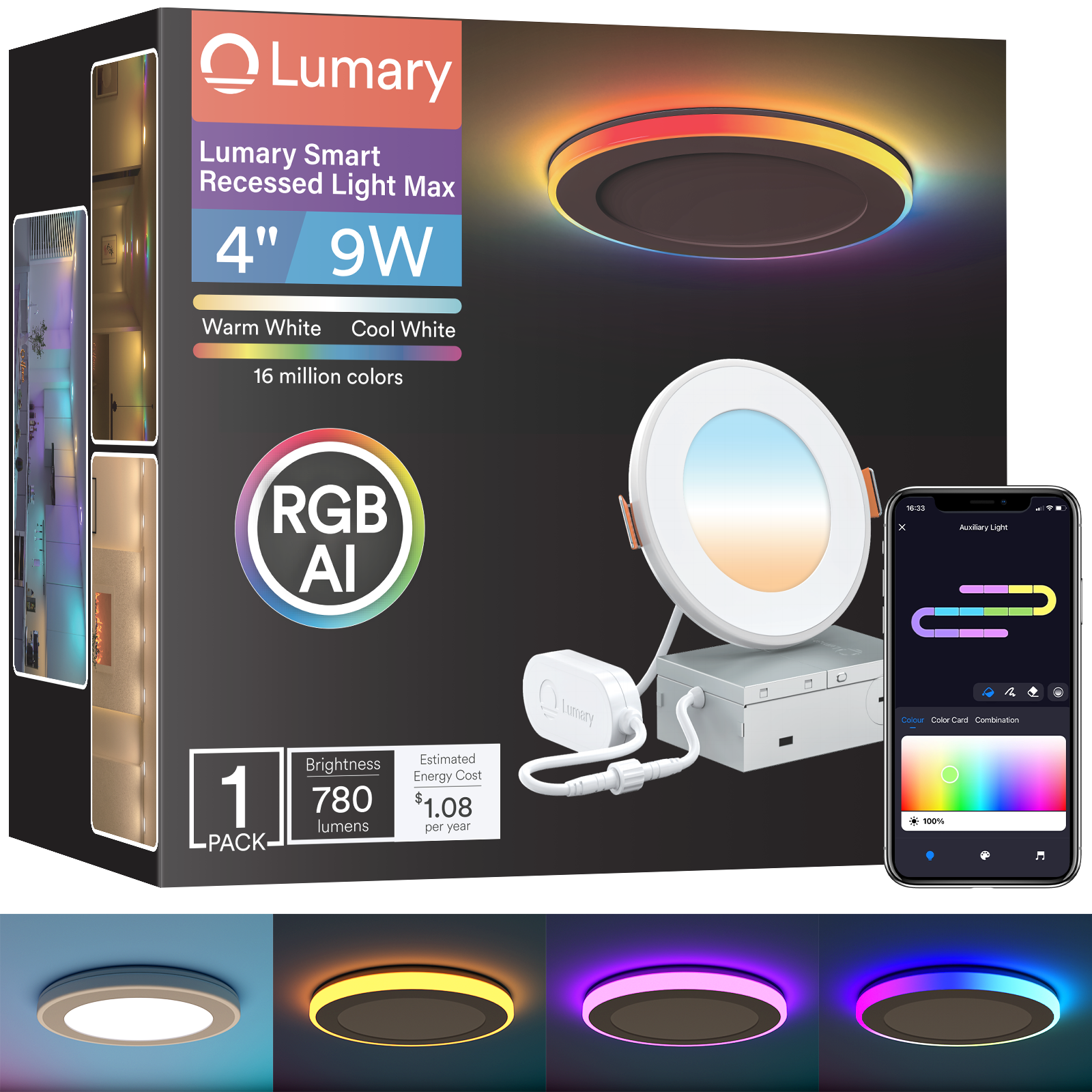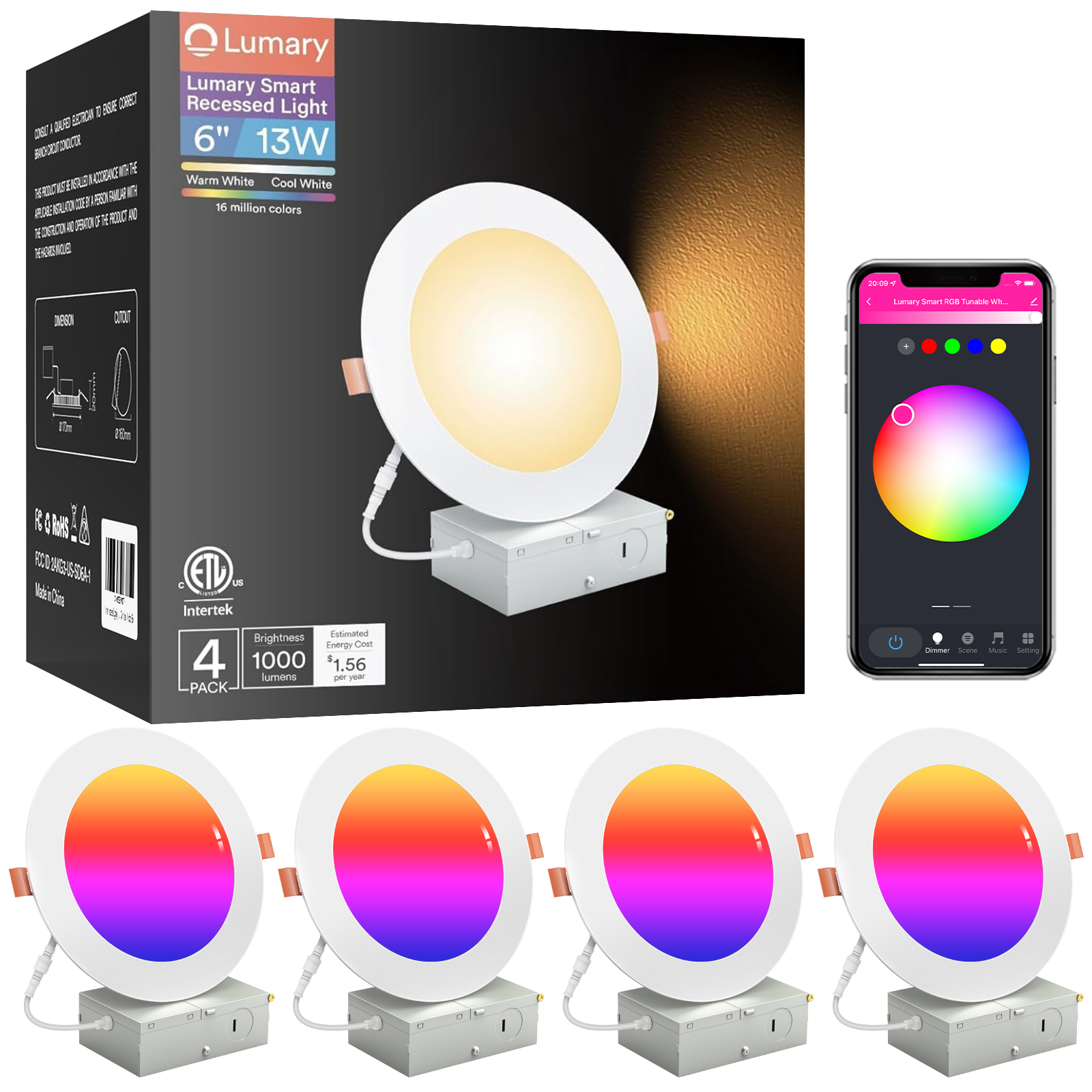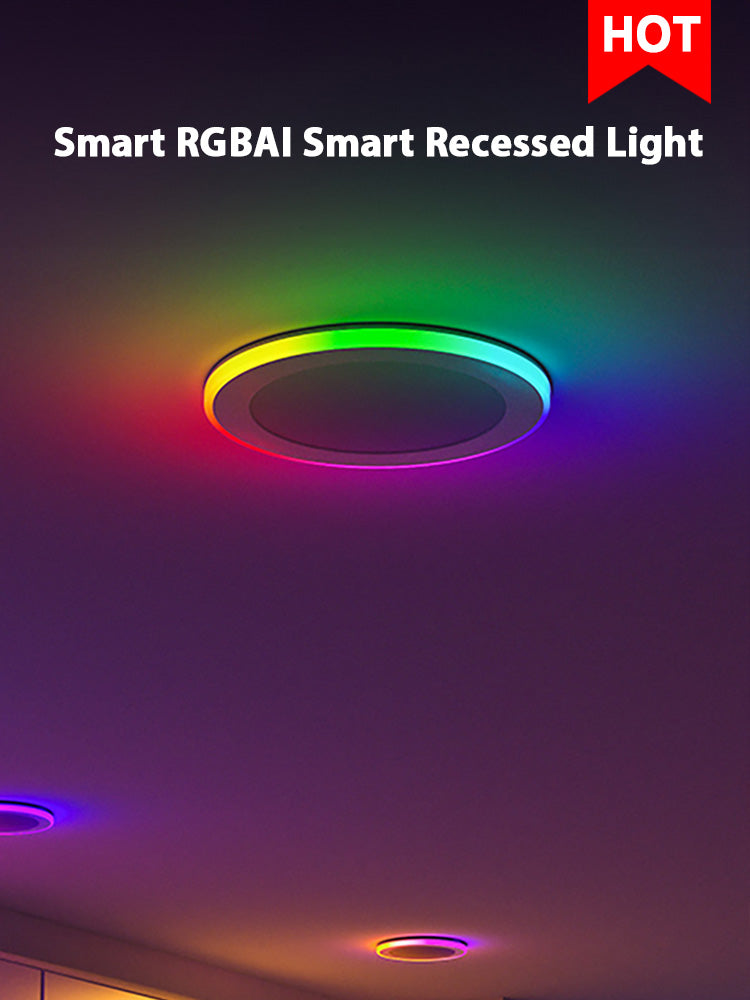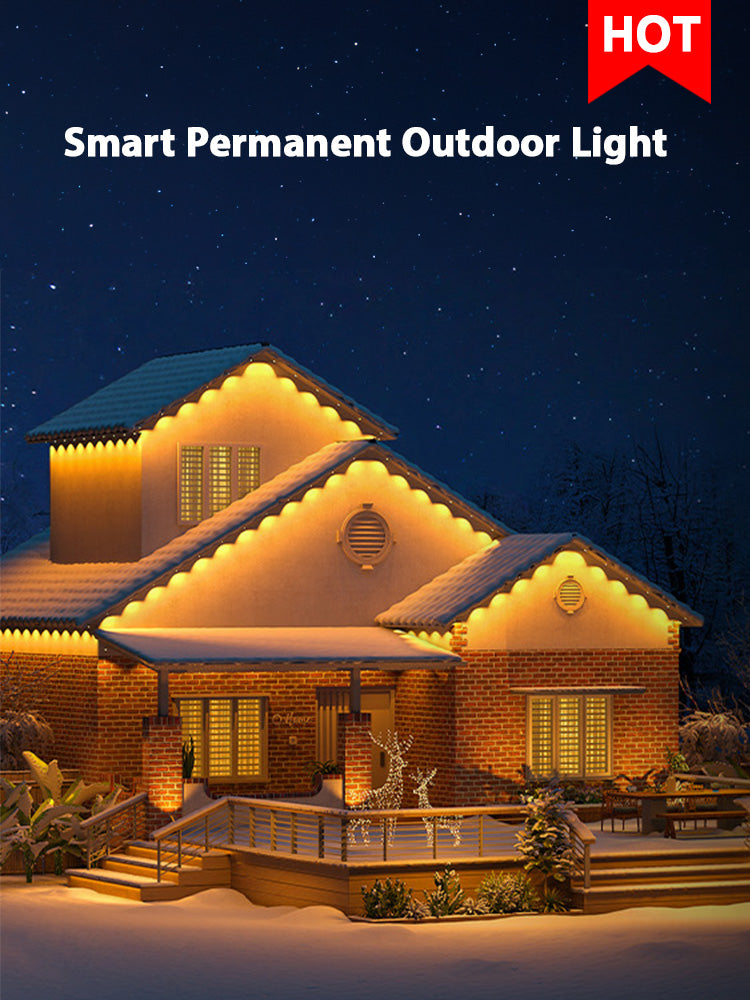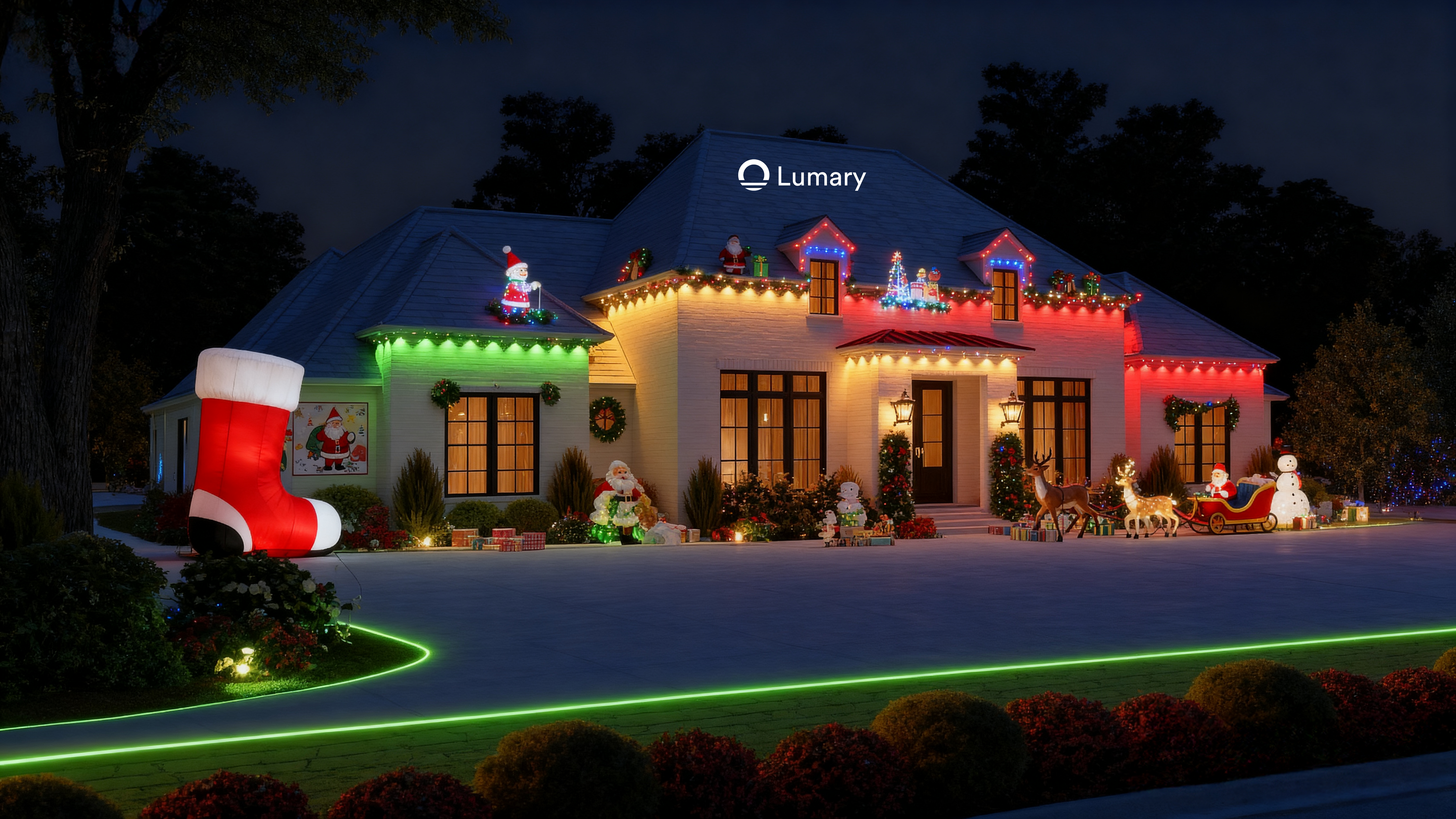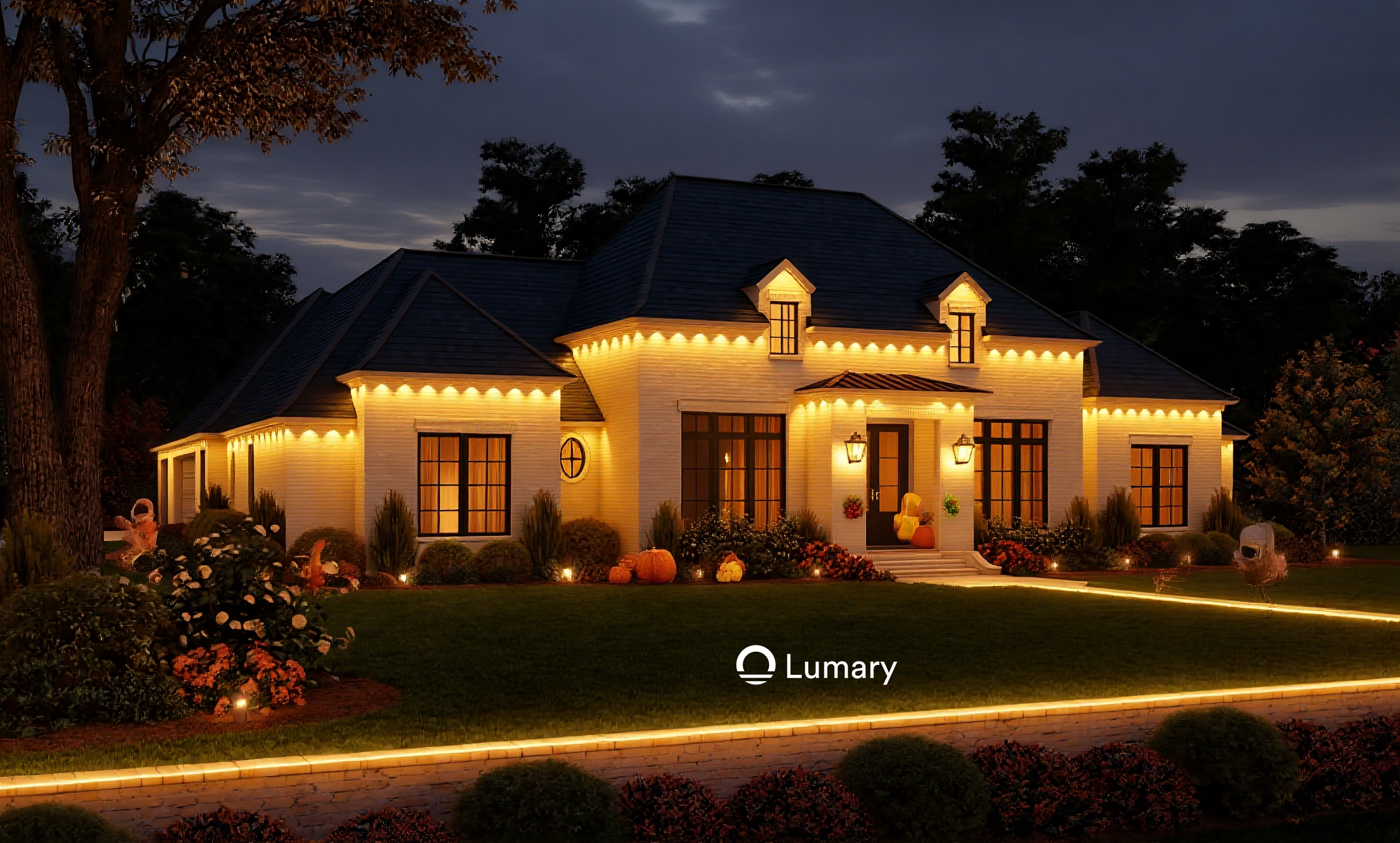Remote control indoor lights revolutionize how you manage your home's lighting. By using wireless technology, these systems eliminate the need for physical switches, offering you unparalleled convenience and flexibility. Imagine adjusting your lights from anywhere in your home with just a click. This technology is gaining traction, with 13% of US internet households already using smart light bulbs and 6% utilizing smart lighting control systems. These figures highlight the growing trend towards smarter, more efficient home lighting solutions.
How Remote Control Indoor Lights Work

Remote control indoor lights have transformed the way you manage lighting in your home. By understanding their basic mechanism, you can appreciate how these systems operate seamlessly.
Basic Mechanism
Role of Transmitters
Transmitters play a crucial role in remote control indoor lights. They send signals to the lighting system, allowing you to control the lights from a distance. When you press a button on your remote, the transmitter converts this action into a signal. This signal travels through the air, reaching the receiver connected to your light fixtures.
Role of Receivers
Receivers act as the counterpart to transmitters. They capture the signals sent by the transmitter and translate them into actions. Once the receiver gets the signal, it instructs the light fixture to turn on, off, or adjust brightness. This interaction ensures that your commands are executed promptly and accurately.
Signal Transmission
How Signals Are Sent and Received
Signal transmission is the backbone of remote control indoor lights. The process begins when you use the remote to send a command. The transmitter emits a signal, which travels through the air using technologies like infrared (IR), radio frequency (RF), Bluetooth, or Wi-Fi. The receiver then picks up this signal and processes it to perform the desired action.
Interaction with Light Fixtures
The interaction between signals and light fixtures is seamless. Once the receiver processes the signal, it communicates with the light fixture to execute the command. Whether you want to dim the lights for a cozy evening or brighten them for a lively gathering, the system responds swiftly. This interaction allows you to create the perfect ambiance with ease.
Scientific Research Findings:
-
Remote control LED lights revolutionize home lighting by utilizing technologies like IR, RF, Bluetooth, and Wi-Fi. These advancements make it easy to adjust settings and create the perfect ambiance.
Types of Remote Control Technologies
Remote control indoor lights utilize various technologies to provide you with seamless control over your lighting environment. Understanding these technologies can help you choose the best system for your needs.
Infrared Technology
How Infrared Signals Work
Infrared (IR) technology uses light waves to transmit signals from your remote to the light fixture. When you press a button on the remote, it sends an IR signal to a sensor on the light fixture. This sensor interprets the signal and performs the desired action, such as turning the light on or off. IR technology is straightforward and effective for short-range communication.
Limitations of Infrared
While IR technology offers simplicity, it has limitations. The signal requires a direct line of sight between the remote and the receiver. Obstacles like walls or furniture can block the signal, making it less effective in certain settings. Additionally, IR signals have a limited range, typically requiring you to be in the same room as the light fixture.
Radio Frequency Technology
Advantages of Radio Frequency
Radio Frequency (RF) technology provides several advantages over IR. RF signals can travel through walls and other obstacles, allowing you to control your lights from different rooms. This technology offers a greater range, making it ideal for larger homes or spaces where direct line of sight is not possible. RF technology enhances the flexibility and convenience of remote control indoor lights.
Common Applications
You often find RF technology in remote-controlled LED lights. These lights allow you to adjust brightness, change colors, and set schedules with ease. RF technology transforms how you interact with your living space, providing precise control over your lighting environment.
Smart Home Integration

Use of Wi-Fi and Bluetooth
Smart home integration takes remote control indoor lights to the next level by incorporating Wi-Fi and Bluetooth technologies. These systems connect to your home's network, enabling you to control your lights via smartphone apps or voice commands. Wi-Fi and Bluetooth offer robust connectivity, allowing you to manage your lighting from anywhere with an internet connection.
Compatibility with Smart Home Systems
Smart home systems like Amazon Alexa and Google Assistant enhance the functionality of remote control indoor lights. You can integrate these lights into your existing smart home setup, creating a cohesive and automated environment. Compatibility with smart home systems allows you to use voice commands to adjust your lighting, adding another layer of convenience and efficiency.
Components of Remote Control Indoor Lights
Understanding the components of remote control indoor lights helps you make informed decisions about your lighting system. Each component plays a vital role in ensuring seamless operation and user convenience.
Remote Controls
Remote controls are the primary interface between you and your lighting system. They allow you to manage your lights with ease and precision.
Types of Remote Controls
You will find various types of remote controls designed for different needs. Infrared remote controls are popular for their simplicity and reliability. They require a direct line of sight to function effectively. Radio Frequency (RF) remote controls offer more flexibility, allowing you to control lights from different rooms or even through walls. Some systems also use smartphone apps over Bluetooth or Wi-Fi, providing a modern and user-friendly experience.
Features and Functionalities
Remote controls come with a range of features to enhance your lighting experience. You can adjust brightness, change colors, and set timers with ease. Some remotes offer preset modes for different occasions, such as reading or relaxing. Advanced models may include voice control compatibility, integrating with smart home systems like Amazon Alexa or Google Assistant.
Receivers
Receivers are crucial for interpreting signals from your remote control. They ensure that your commands are executed accurately and promptly.
Installation in Light Fixtures
Receivers are typically embedded within the light fixtures. This integration allows for seamless communication between the remote and the lights. When installing, you should ensure that the receiver is compatible with your existing fixtures. Proper installation guarantees optimal performance and longevity of your lighting system.
Compatibility with Different Systems
Receivers must be compatible with various technologies, such as infrared or radio frequency. This compatibility ensures that you can upgrade or change your remote control system without replacing the entire setup. Some receivers also support smart home integration, allowing you to expand your system's capabilities.
Light Fixtures
Light fixtures are the visible part of your lighting system. They house the bulbs and receivers, providing the desired illumination.
Types of Compatible Fixtures
You have a wide range of light fixtures to choose from, depending on your aesthetic and functional needs. LED strip lights are popular for their versatility and energy efficiency. Ceiling fixtures and wall-mounted lights offer more traditional options. Ensure that your chosen fixtures are compatible with remote control systems to enjoy full functionality.
Energy Efficiency Considerations
Energy efficiency is an important factor when selecting light fixtures. LED lights are known for their low energy consumption and long lifespan. They provide bright illumination while reducing electricity costs. Choosing energy-efficient fixtures not only benefits the environment but also saves you money in the long run.
Installation and Setup of Remote Control Indoor Lights
Setting up remote control indoor lights can transform your living space. By following a structured approach, you can ensure a smooth installation process.
Step-by-Step Guide
Choosing the Right System
-
Assess Your Needs: Determine the areas in your home where you want to install remote control lights. Consider factors like room size, lighting preferences, and existing fixtures.
-
Research Available Options: Explore different systems that match your requirements. Look for features such as compatibility with smart home devices, range of control, and ease of use.
-
Evaluate Compatibility: Ensure the system you choose is compatible with your current light fixtures and home network. This step prevents potential issues during installation.
-
Purchase the System: Once you have selected the right system, proceed with the purchase. Make sure to buy from reputable brands to guarantee quality and reliability.
Installing Receivers and Controls
-
Read the Manual: Before starting the installation, carefully read the user manual provided with your system. This document contains essential information about setup and safety precautions.
-
Install Receivers: Place the receivers in or near your light fixtures. Follow the manufacturer's instructions for proper placement and connection. Ensure the receivers are securely attached to avoid any disruptions.
-
Set Up Remote Controls: Configure the remote controls according to the manual. Pair them with the receivers to establish a connection. Test the controls to verify they communicate effectively with the lights.
-
Test the System: After installation, test the entire system to ensure everything functions correctly. Adjust settings as needed to achieve your desired lighting effects.
Troubleshooting Common Issues
Even with careful installation, you might encounter some challenges. Understanding common issues helps you address them efficiently.
Signal Interference
-
Identify Sources of Interference: Electronic devices, walls, and furniture can interfere with signal transmission. Identify these obstacles and adjust the placement of receivers and controls accordingly.
-
Reposition Devices: Move the receivers or remote controls to minimize interference. Ensure there is a clear line of sight between the remote and the receiver, especially for infrared systems.
-
Check for Overlapping Frequencies: If using RF technology, ensure other devices in your home do not operate on the same frequency. Adjust the frequency settings if necessary.
Connectivity Problems
-
Verify Network Connection: For systems using Wi-Fi or Bluetooth, ensure your home network is stable. Check that the devices are connected to the correct network.
-
Restart Devices: Sometimes, simply restarting the receivers and remote controls can resolve connectivity issues. Power off the devices, wait a few seconds, and then power them back on.
-
Update Firmware: Check for firmware updates for your system. Manufacturers often release updates to improve performance and fix bugs. Follow the instructions to update your devices.
Experts emphasize the importance of educating customers about wireless technology standards. Understanding these standards can help you troubleshoot and optimize your lighting system effectively.
By following these steps and addressing potential issues, you can enjoy the benefits of remote control indoor lights with minimal hassle.
Benefits and Limitations of Remote Control Indoor Lights
Remote control indoor lights offer a range of benefits that enhance your home lighting experience. However, they also come with certain limitations that you should consider before making a purchase.
Advantages
Convenience and Ease of Use
Remote control indoor lights provide unmatched convenience. You can adjust your lighting without leaving your seat. Whether you want to dim the lights for a movie night or brighten them for reading, you can do so with a simple click. This ease of use makes managing your home lighting effortless and enjoyable.
Energy Savings
Energy efficiency stands out as a significant advantage of remote control lights. You can schedule your lights to turn off when not in use, reducing unnecessary energy consumption. Dimming capabilities allow you to adjust brightness levels to suit different activities and moods. By dimming the lights, you reduce energy consumption, which can lead to lower electricity bills. This feature not only saves energy but also helps you save money over time.
Potential Drawbacks
Initial Cost
The initial cost of remote control indoor lights can be a drawback for some. These systems often require an investment in new technology and compatible fixtures. While the long-term savings on energy bills can offset this cost, the upfront expense may be a consideration for budget-conscious buyers.
Technical Limitations
Technical limitations can also pose challenges. Some systems may experience signal interference from other electronic devices, affecting performance. Additionally, compatibility issues with existing fixtures or smart home systems can arise. Understanding these potential technical hurdles can help you make informed decisions and ensure a smooth integration into your home.
Experts suggest that understanding the technical aspects of remote control lights can help you troubleshoot and optimize your system effectively.
By weighing these benefits and limitations, you can determine if remote control indoor lights are the right choice for your home. They offer convenience and energy savings, but it's essential to consider the initial cost and potential technical challenges.
Remote control indoor lights transform how you manage home lighting. They offer unparalleled convenience and efficiency. You can easily adjust your lighting to suit any mood or occasion. Understanding the technology and components helps you make informed decisions. These systems integrate advanced technology and energy-saving features, significantly impacting modern living. You can save energy and money by turning off lights when not in use. Despite some limitations, remote control indoor lights are a valuable addition to modern homes, enhancing both functionality and sustainability.

